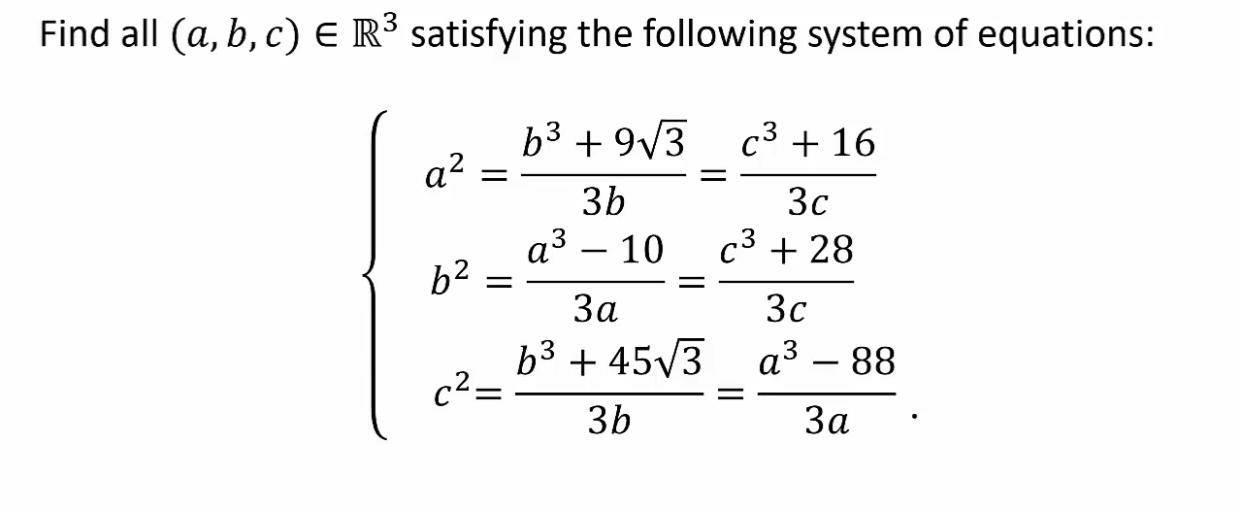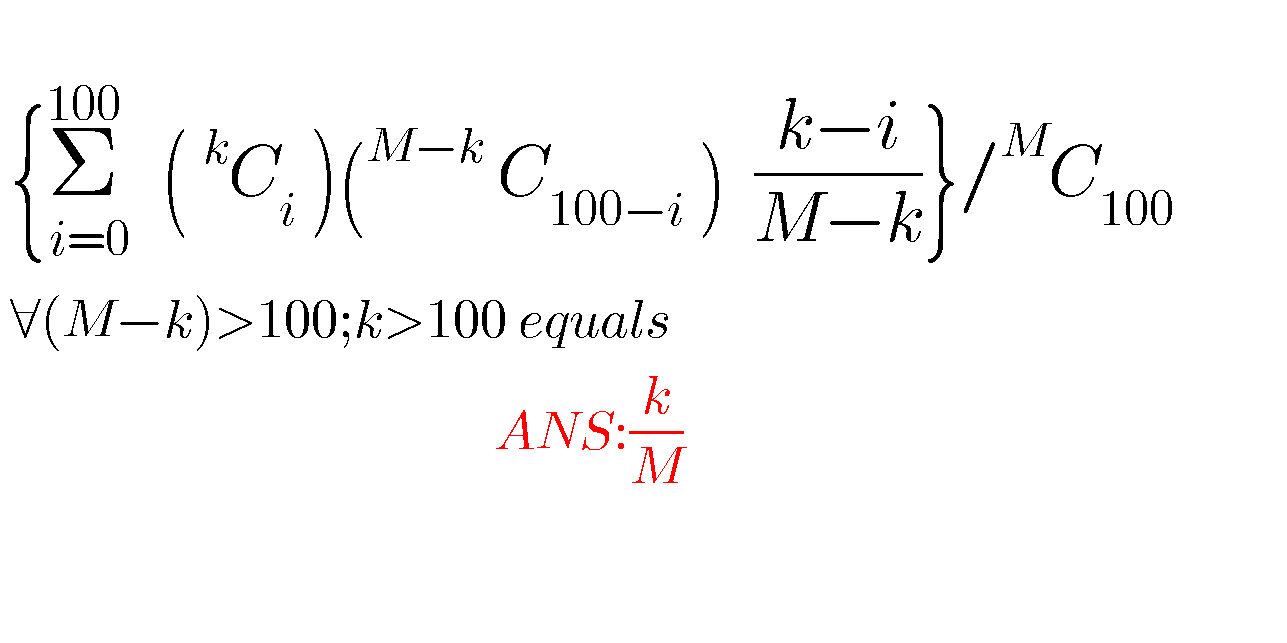
AlgebraQuestion and Answers: Page 303
Question Number 68161 Answers: 0 Comments: 7
Question Number 68122 Answers: 1 Comments: 1

Question Number 67997 Answers: 0 Comments: 0
Question Number 67992 Answers: 1 Comments: 0
Question Number 67881 Answers: 1 Comments: 0
Question Number 67826 Answers: 2 Comments: 4

Question Number 67819 Answers: 0 Comments: 1
Question Number 67743 Answers: 0 Comments: 0
Question Number 67711 Answers: 0 Comments: 0
Question Number 67574 Answers: 0 Comments: 1
$$\mathrm{Solve}\:\mathrm{x}^{\mathrm{2}} +\mathrm{1}<−\mathrm{5} \\ $$
Question Number 67501 Answers: 2 Comments: 2
Question Number 67492 Answers: 0 Comments: 1
Question Number 67413 Answers: 0 Comments: 0

Question Number 67371 Answers: 1 Comments: 0

Question Number 67333 Answers: 0 Comments: 0
Question Number 67337 Answers: 1 Comments: 0
Question Number 67244 Answers: 0 Comments: 7
Question Number 67208 Answers: 1 Comments: 6
Question Number 67167 Answers: 4 Comments: 2
Question Number 67136 Answers: 2 Comments: 0
Question Number 67025 Answers: 0 Comments: 3

Question Number 66995 Answers: 0 Comments: 4

Question Number 66969 Answers: 1 Comments: 1

Question Number 66863 Answers: 0 Comments: 0
Question Number 66857 Answers: 0 Comments: 3

Question Number 66855 Answers: 2 Comments: 0
Pg 298 Pg 299 Pg 300 Pg 301 Pg 302 Pg 303 Pg 304 Pg 305 Pg 306 Pg 307
